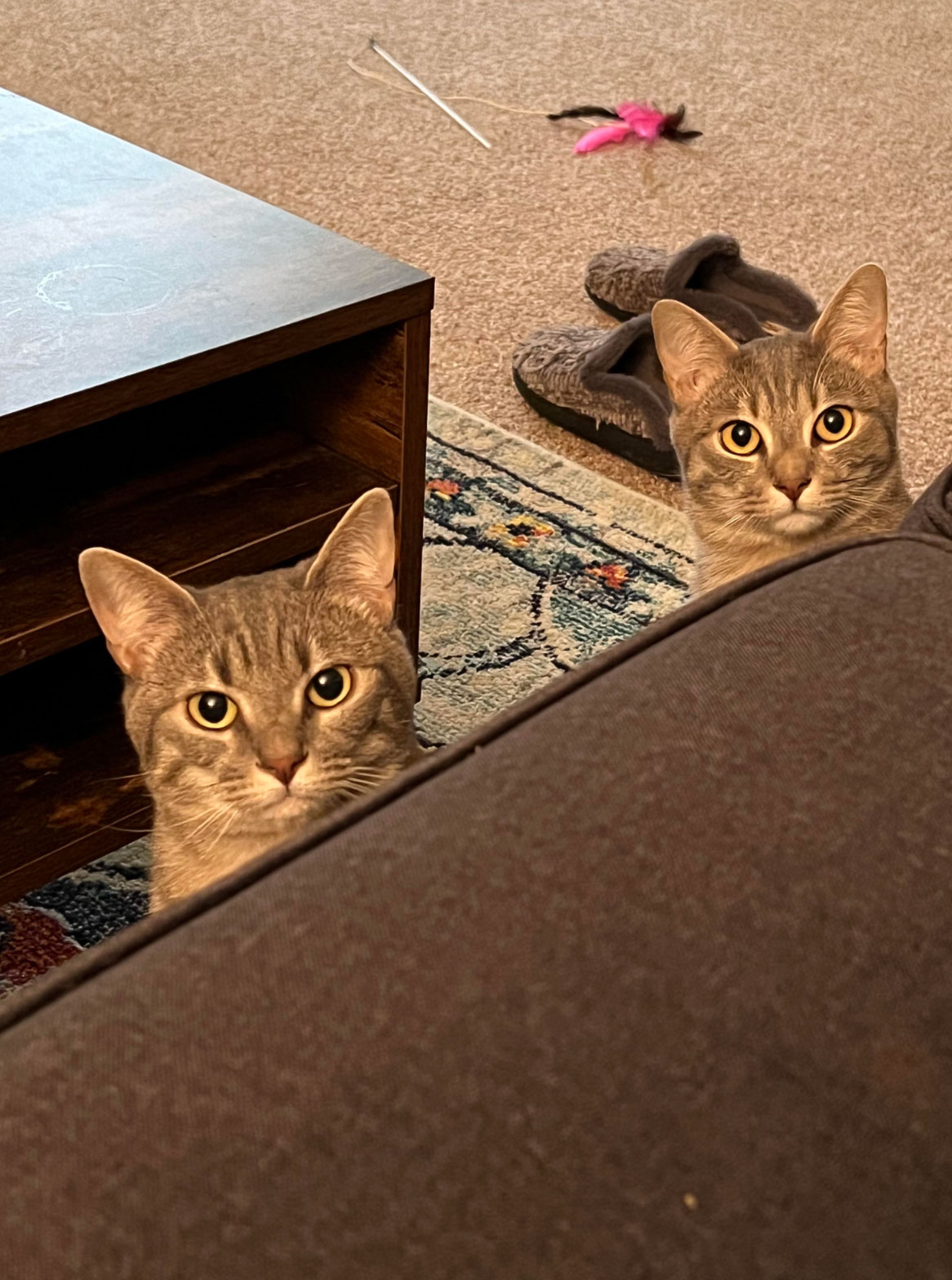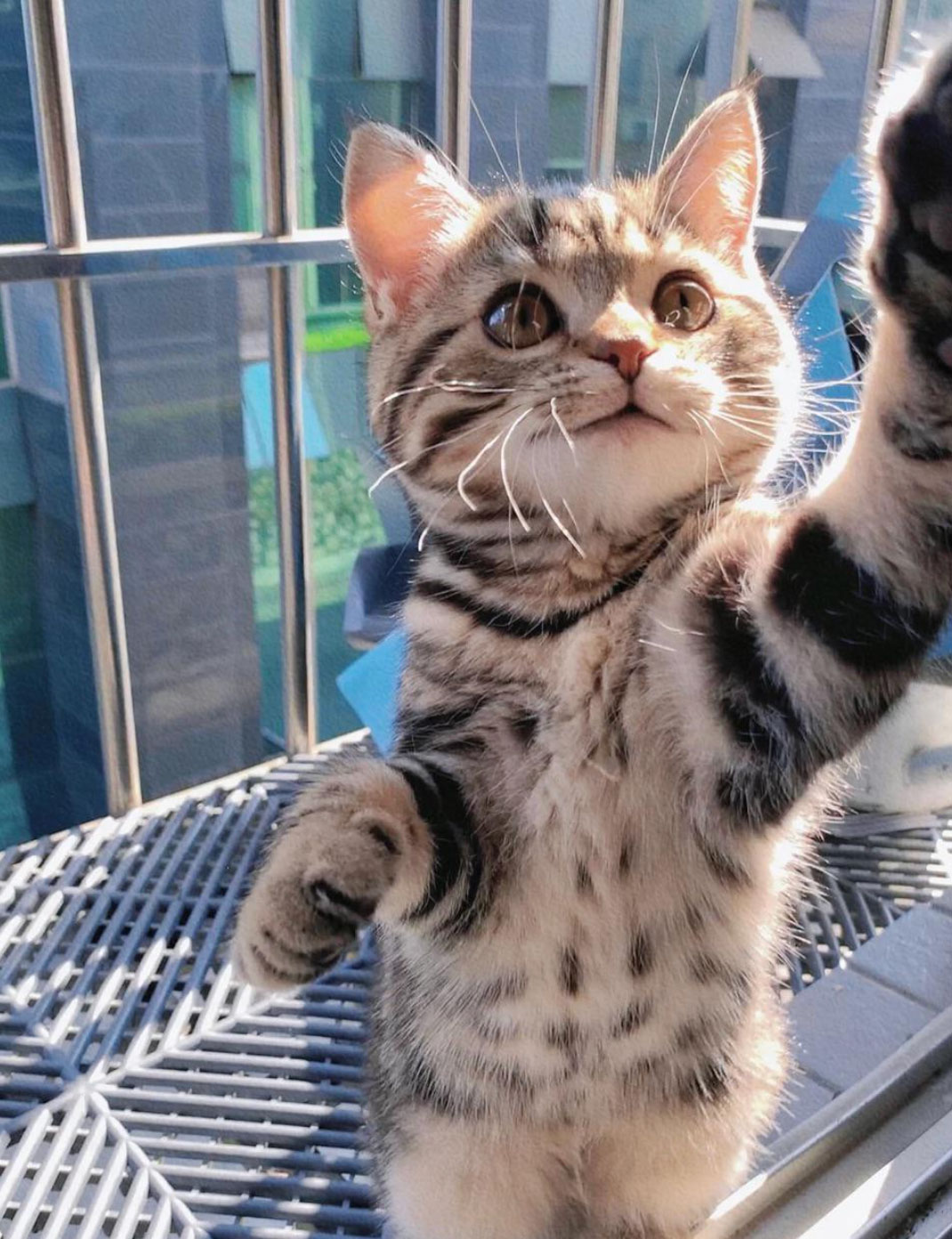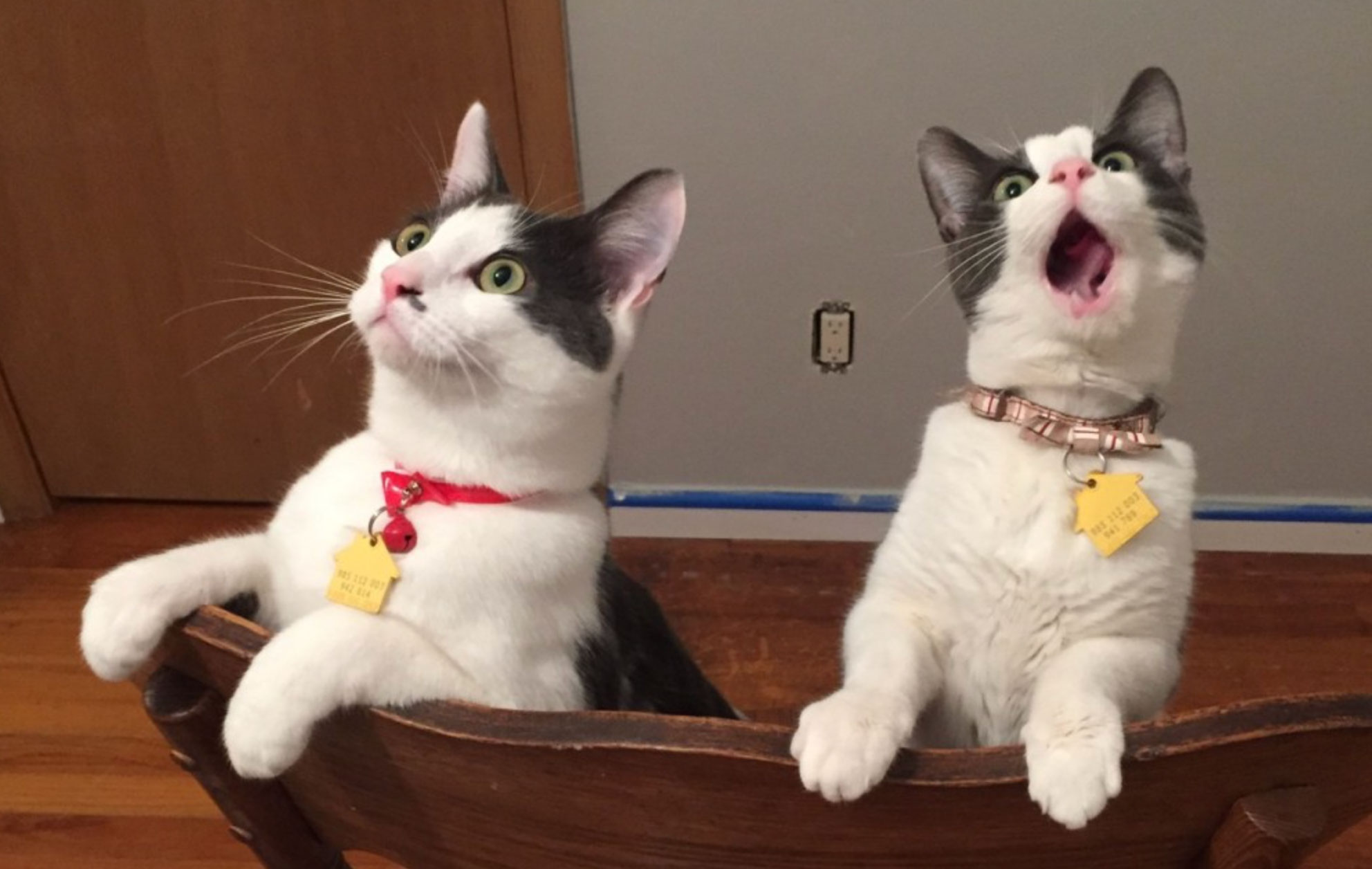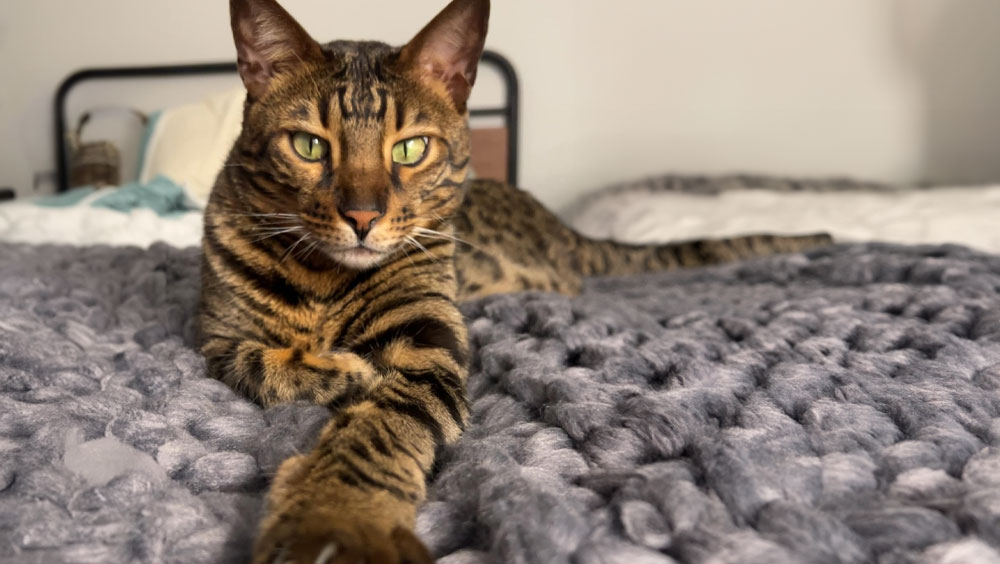Cats have long been mysterious creatures, captivating humans with their curious behavior and independent personalities. Many cat owners wonder if their feline friends truly understand what they're saying, especially when giving commands or expressing affection. In this article, we will explore the fascinating question: do cats understand English? We’ll also examine how many words cats understand and how they process human language.
Do Cats Understand English?

While cats cannot understand English in the same way humans do, research shows they can associate specific sounds and tones with actions or emotions. Cats primarily respond to the tone and repetition of words rather than the language itself. So, although cats don't understand English grammar or vocabulary, they may recognize certain spoken words if they're consistently associated with routine activities like feeding or playtime.
How Many Words Do Cats Understand?

Studies suggest that cats can understand between 20 to 50 words, depending on their individual personality, training, and environment. Commonly recognized words include their name, food-related terms, commands like 'no,' and environmental cues like 'treat' or 'play.' Cats with regular human interaction tend to develop a broader understanding of human language, demonstrating their ability to adapt and learn over time.
Cats Responding to Their Names

Recent scientific studies show that cats often respond to their names, even when spoken by unfamiliar voices. They may twitch their ears, turn their heads, or move toward the speaker. This response indicates a clear recognition, suggesting that cats understand their name as a consistent audio cue, not necessarily as a word with meaning in the way humans interpret names.
Tone and Body Language Matter

Cats are extremely sensitive to tone of voice and body language. A calm, high-pitched tone might encourage them to approach, while a loud or harsh voice might send them running. More than understanding words, cats interpret the intent behind them. This sensitivity helps them determine their human’s emotional state and respond appropriately, even without understanding the actual words spoken.
Training Can Improve Comprehension

Much like dogs, cats can be trained to respond to verbal cues and commands through repetition and positive reinforcement. For example, using the word 'sit' before offering a treat consistently may lead to the cat associating the word with the action. Over time, they may begin to follow commands more readily, broadening the number of words they understand through context and reward.
The Role of Repetition

Repetition is key in helping cats recognize and understand specific words. Saying the same command or word at consistent times—such as calling their name at mealtime—teaches the cat to associate the word with a specific event. This pattern-based learning allows them to predict outcomes based on human speech, even though they don't comprehend the language like we do.
Understanding Emotion Through Voice

Beyond specific words, cats are adept at interpreting emotions in their owner's voice. Studies show they can detect stress, happiness, or anger through vocal tone. This emotional understanding plays a significant role in their interactions with humans and supports the idea that communication with cats involves far more than just words.
Cat Intelligence and Language Recognition

Although cats may not have the vocabulary capacity of dogs, they are intelligent in their own right and capable of learning through observation. Individual cats will vary in how many words they understand, often depending on how much time their human spends communicating with them. The richer the interaction, the greater the comprehension potential, showcasing their adaptability and intelligence.
In conclusion, while cats may not understand English in a literal sense, they are highly responsive to the sounds, tones, and patterns of human language. The number of words cats understand can vary, typically ranging from 20 to 50, and increases with consistent, engaging interaction. Through tone, body language, and repetition, cats form associations that allow them to 'understand' us in their unique way—deepening the mysterious and wonderful bond we share with our feline companions.


